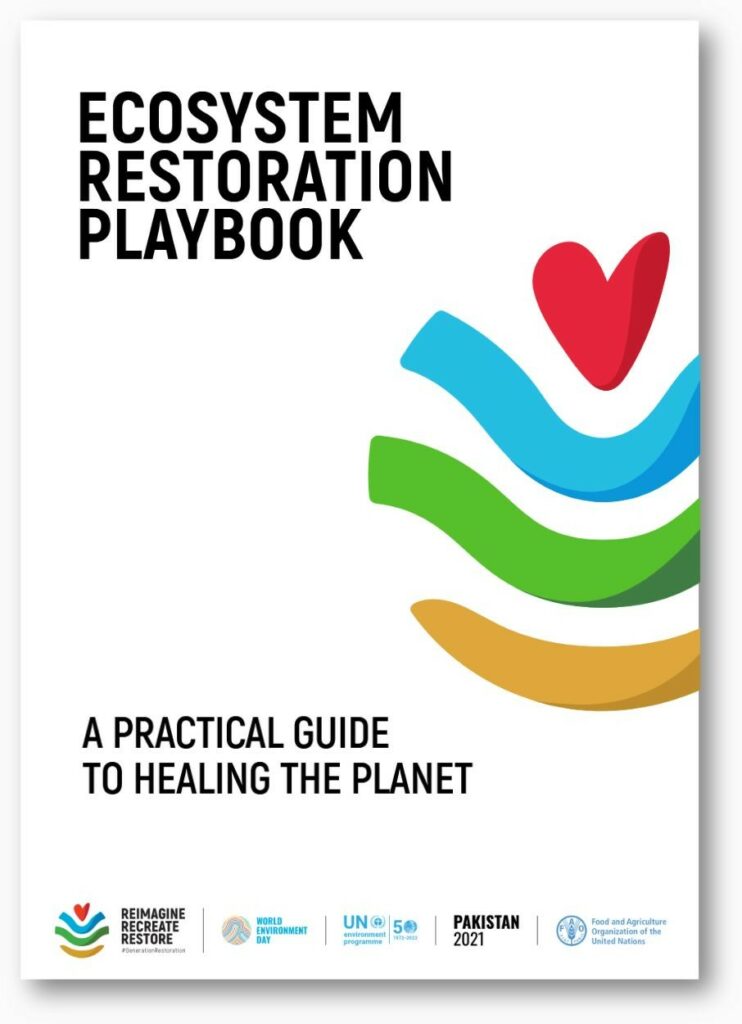
Ecosystem restoration Playbook: A practical guide to healing the planet
People and the planet are only as healthy as the ecosystems we all depend on. Bringing degraded ecosystems back to life – for example by planting trees, cleaning up riverbanks, or simply giving nature space to recover – increases their benefits to society and biodiversity. Without reviving ecosystems, we cannot achieve the Sustainable Development Goals or the Paris Climate Agreement. But ecosystems are also complex and highly varied, and their restoration needs careful planning and patient implementation.
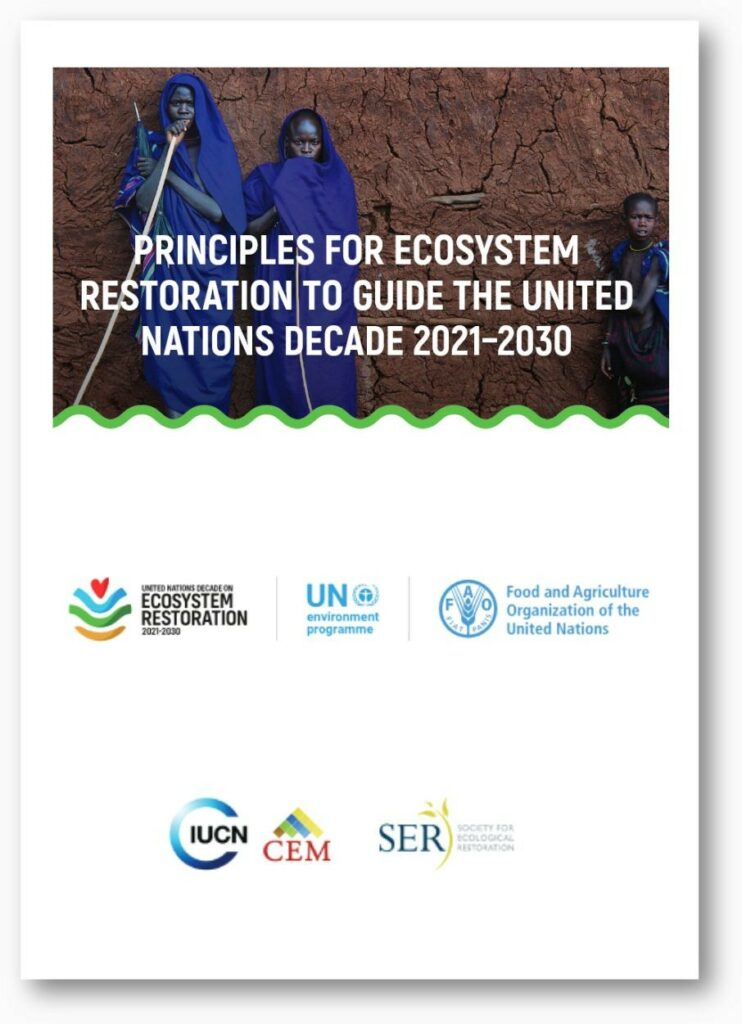
Principles for ecosystem restoration to guide the United Nations Decade 2021- 2030
Aware of the critical need to halt, prevent and reverse ecosystem degradation, and to effectively restore degraded terrestrial, freshwater and marine ecosystems across the globe, through Resolution 73/284, the United Nations General Assembly declared 2021–2030 as the United Nations Decade on Ecosystem Restoration (hereafter the “UN Decade”). To support the implementation of the UN Decade and help achieve its goals, there is a need for a shared vision of ecosystem restoration, defined as “the process of halting and reversing degradation, resulting in improved ecosystem services and recovered biodiversity. Ecosystem restoration encompasses a wide continuum of practices, depending on local conditions and societal choice” (UNEP, 2021, p. 7).
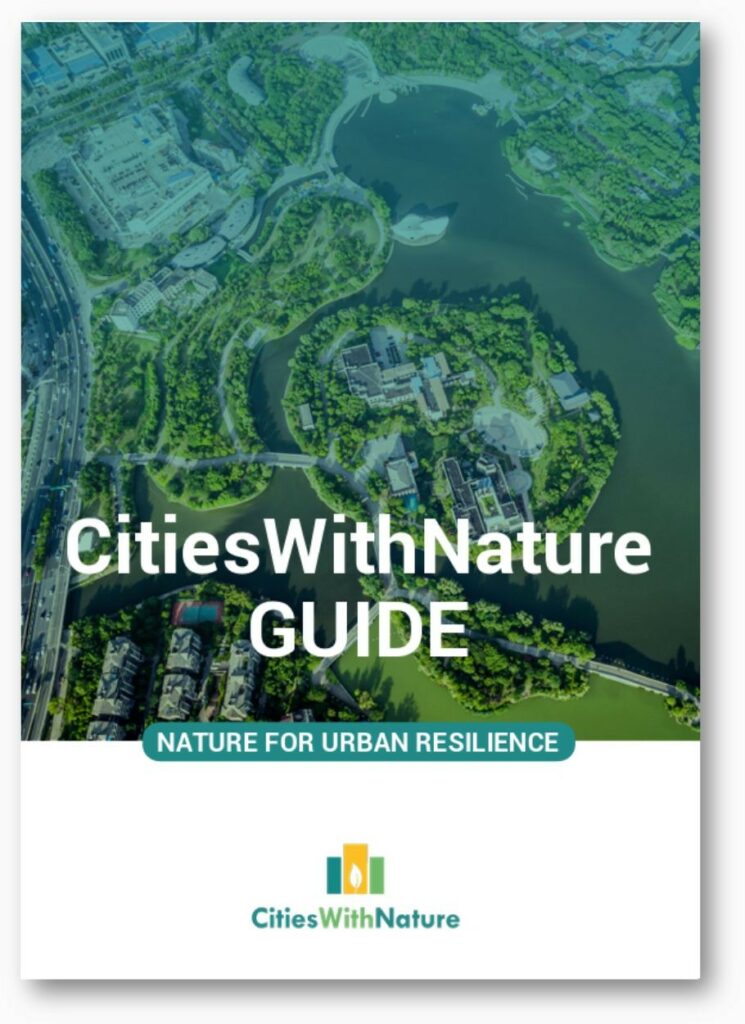
CitiesWithNature guide: Nature for urban resilience
Nature provides an abundance of free services such as raw materials, fresh water, food, and plants, many of which are used in traditional medicine. Trees and green spaces improve air quality and lower city temperatures, which are projected to increase globally due to climate change. In urban areas in particular, these natural assets are crucial to the city’s economy and the health and well-being of its people. This guide provides knowledge on building resilience in cities by making use of nature-based solutions. To understand this, we first need to look at what vulnerability, resilience and nature-based solutions are in an urban and coastal context.
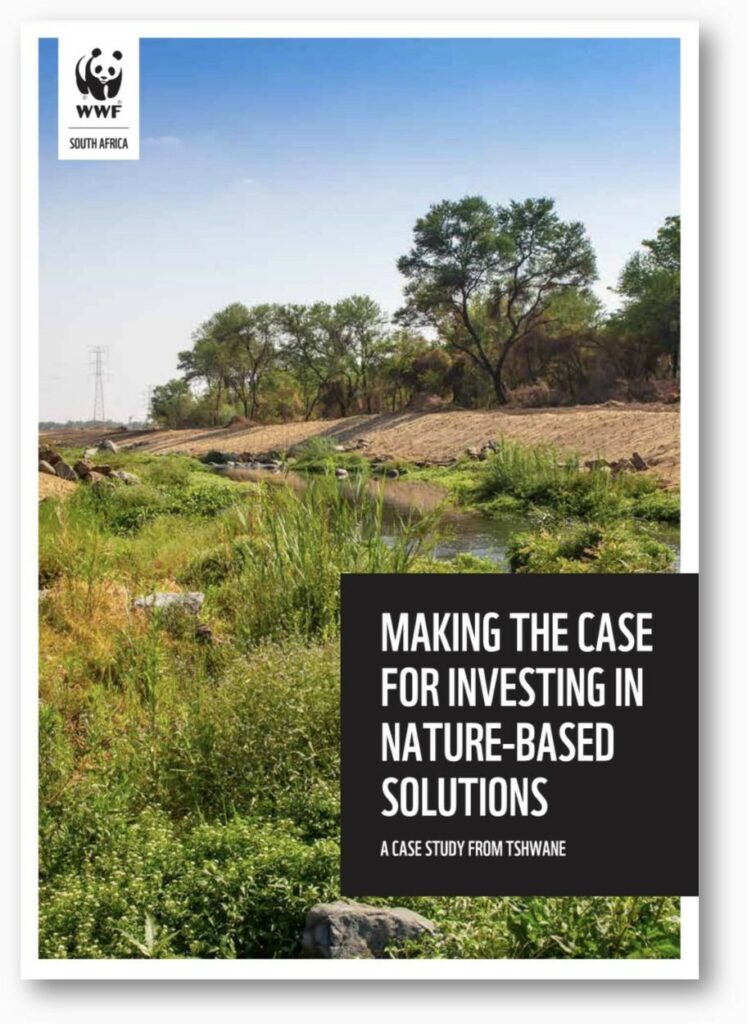
Making a Case for Investing in Nature-based Infrastructure
This report makes the case for the inclusion of nature-based infrastucture at Rainbow Junction, a new greenfields development situated in Tshwane, using the SAVi tool to address future climate impacts. The cost-benefit analysis conducted was informed by multipliers from the international literature to assess the impacts of green roofs and urban trees and value carbon storage, energy reduction and stormwater retention benefits. The analysis shared in this report shows that investment in green roofs and urban trees not onlyl make climate sense but also financial sense over the lifespan of the project. It also points to the need for collaborative action between cities and the private sector to support future climate resilience.
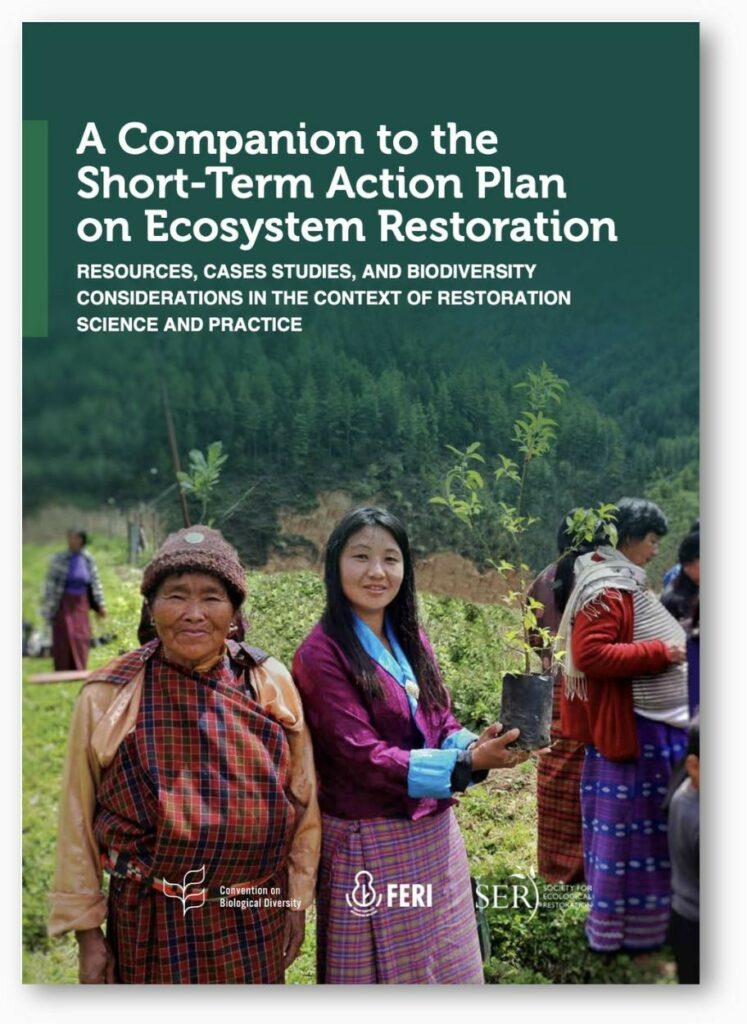
A companion to short-term action plan on ecosystem restoration
Step-by-step guidance to support governments in the development and implementation of their national restoration strategies.
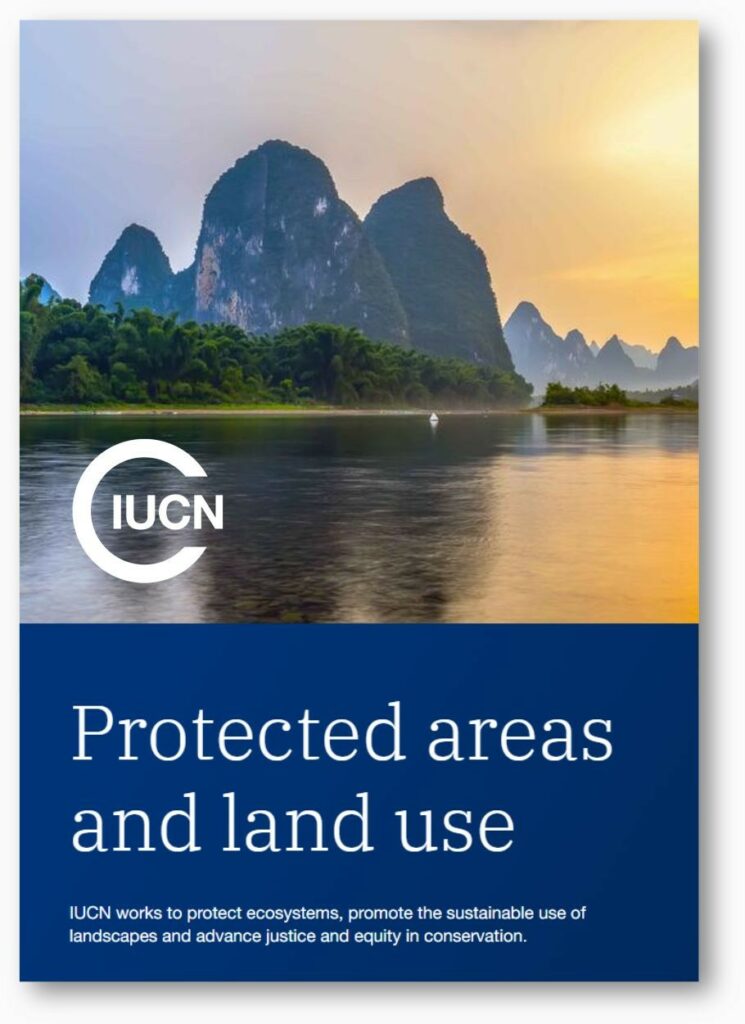
Cover Go to link Restoration Opportunities Assessment Methodology (ROAM)
The Restoration Opportunities Assessment Methodology (ROAM), produced by IUCN and the World Resources Institute (WRI), provides a flexible and affordable framework for countries to rapidly identify and analyse areas that are primed for forest landscape restoration (FLR) and to identify specific priority areas at a national or sub-national level.
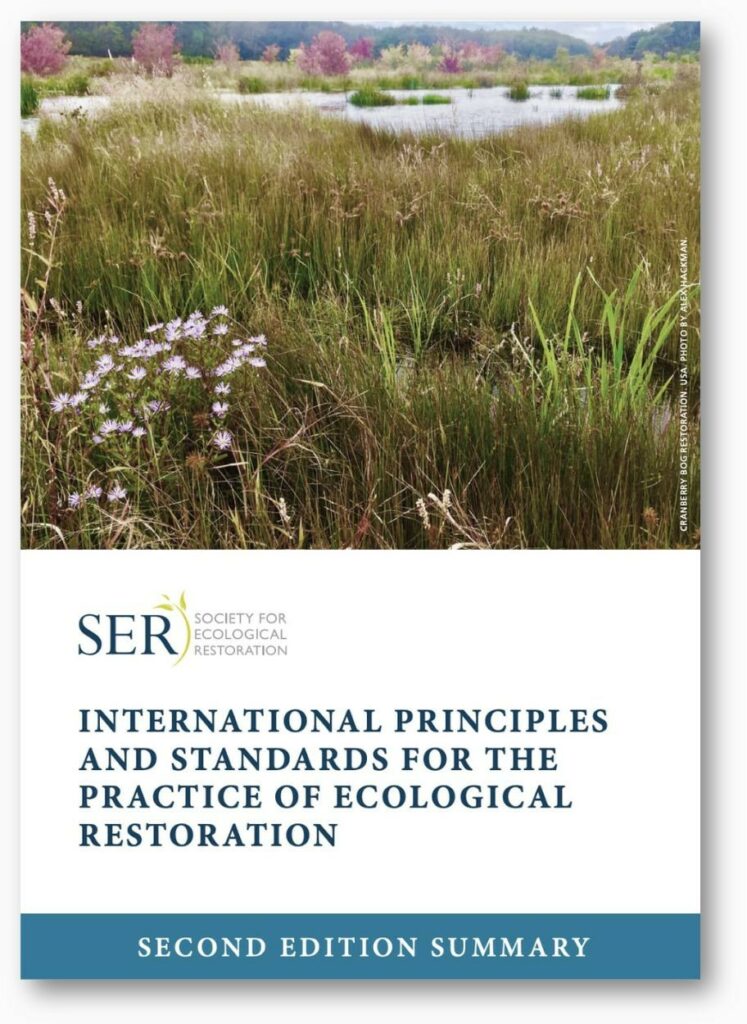
International Principles & Standards for the Practice of Ecological Restoration
This groundbreaking publication provides updated and expanded guidance on the practice of ecological restoration, clarifies the breadth of ecological restoration and allied environmental repair activities, and includes ideas and input from a diverse international group of restoration scientists and practitioners.
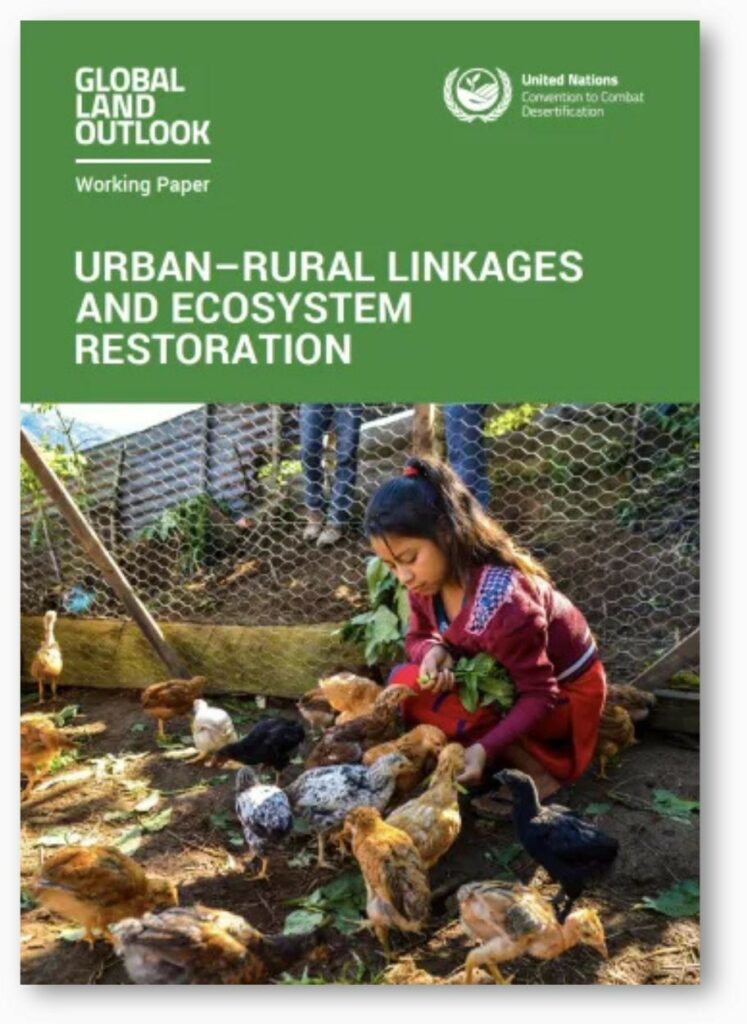
Urban-rural linkages and ecosystem restoration
Urbanization and ecosystems are profoundly intertwined. As urbanization takes over more land and has greater impacts on ecosystems, and as towns and cities of all sizes demand ecosystem services (food, fiber, water, energy, etc.), flows of people, goods, services, information, capital, etc. define and drive urban–rural linkages in complex and intricate patterns.
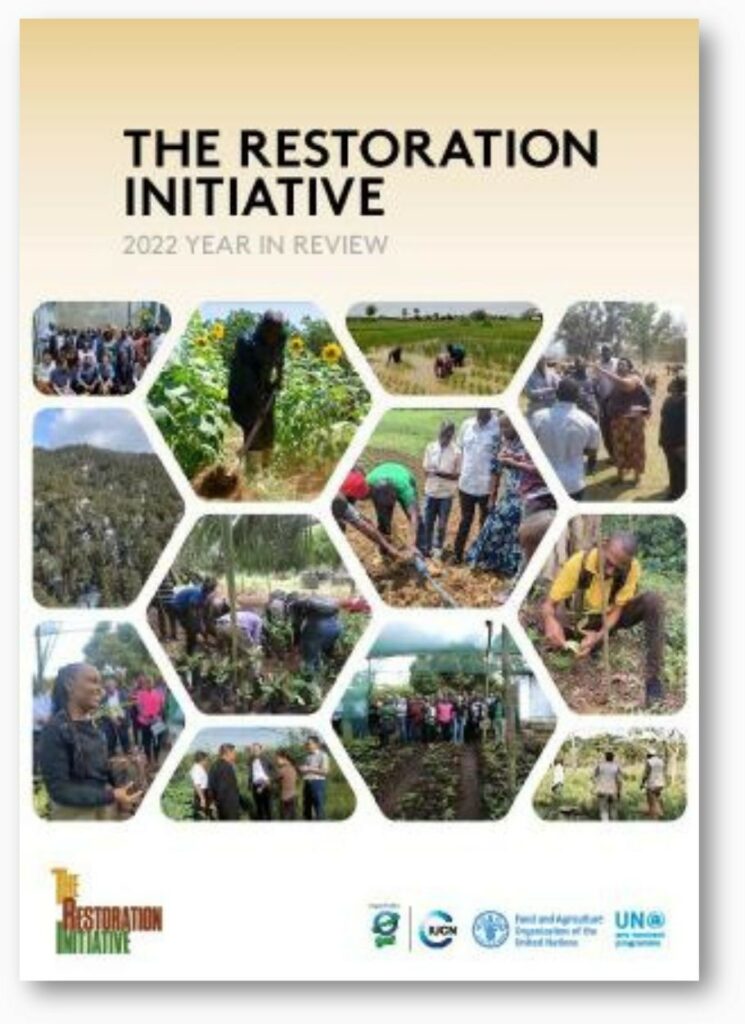
The Restoration Initiative: 2022 Year in Review
2022 marks The Restoration Initiative’s (TRI) fourth full year of implementation. While the impact of the COVID-19 pandemic still lingers across the world, including for TRI partners, the year was full of successes for programmatic objectives. As travel restrictions were lifted and further collaboration was made possible, TRI partners were able to coordinate to achieve cross-programmatic goals and learn from one another. Just as 2020 and 2021 were full of transitions and “new normals”, 2022 provided a new opportunity for all TRI partners and implementing organizations to re-emphasize the need for locally led restoration, community engagement and renewed perspective.
